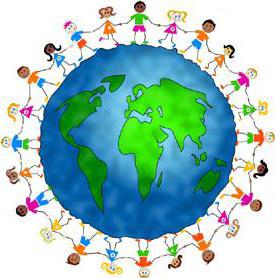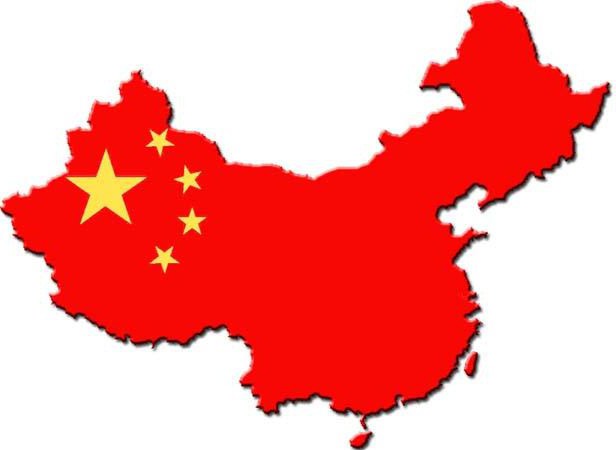What is autonomy? Is it a purely political term or a phenomenon that can occur in many other areas? What are the signs of autonomy?
The multiplicity of interpretations
The term "autonomy" is very capacious. There is a philosophical interpretation of it - the existence of an object for independent existence. If on the contrary, then we are dealing with heteronomy, that is, the absence of signs of independence. There is also a political interpretation of the term when autonomy is an administrative (often even state) entity that has sovereignty in relation to other entities. There is a social understanding of this phenomenon - the independence of a person from other people (individuals or social groups). There is also a psychological interpretation of the term when personality development occurs without the visible influence of any factors.
Autonomy is, as a rule, a subject or a phenomenon (state). An example for the first case is national-cultural autonomy (an institution designed to develop any ethnic group), for the second - territorial autonomy, which means the independence of certain areas or sites from others.
Autonomy in a historical context
The term "autonomy" in the political sense, history knows relatively recently. It was more or less widely used only at the beginning of the twentieth century, more actively - after the Second World War. In Russia, however, increased attention was paid to such a phenomenon as autonomy. Its essence was studied in sufficient detail in Soviet times and was applied in practice when creating state institutions of power. Autonomies existed, for example, as subjects within the RSFSR. By them, however, was understood not state sovereignty, but only a political instrument for expressing the sovereignty of ethnic groups.

In the RSFSR there were political autonomies (republics), as well as administrative (regions, districts). The main feature of the former was their own constitution, and sometimes citizenship, and the latter - broad powers for self-government. This kind of administrative division is largely preserved in post-Soviet Russia. This historical experience predetermined the appearance of the term “national autonomy”. In recent years, this phenomenon has become a frequent subject of various political speculations - both within Russia and in the international arena.
Autonomy: Chinese experience
An example of a state that has managed to successfully unite several ethnic groups within its borders, many of which are completely different from each other in cultural and linguistic terms - the PRC. According to the constitution, China is a multinational state. The Government of the PRC has identified 56 ethnic groups living in the country. The largest of these is the Han people. The rest are often referred to as national minorities. They are endowed with certain rights in the field of political self-government.

Where small ethnic groups of China live in compact groups, local authorities are established. The relations between the national minorities of the PRC and the Han are based on cohesion, equality, the unity of the country, as well as the effectiveness of economic development. Given the dynamics of the country's GDP growth, we can say that this sample of national policy is successful. In many respects, this is a merit of the ruling party of the PRC - the Communist. In the days before communism, the inhabitants of China might not have known at all about such a phenomenon as autonomy, what it is. Today’s administrative structure of the country is based on the principles of observance of local national interests.
Political autonomies: experience of different countries
Autonomy is, if we take the political context, the independence of any territories within the state. This phenomenon is enshrined in law in many Western countries. Take, for example, Spain. As part of this country there are several autonomous entities - the Basque Country, Andalusia or, say, Catalonia. There are examples of similar territories in France (Corsica). In Finland, the Åland Islands are autonomous.
A very telling example is Greenland, which de jure belongs to Denmark, but de facto exercises very independent self-government. The same is true for the Faroe Islands. This archipelago, being also a de jure part of Denmark, has, for example, its own football team. The principles of managing these entities in Europe are quite universal: these regions independently resolve issues in the field of social development and education. In autonomies created by developed countries, the powers of the highest bodies of state power are very limited.
Autonomy in unitary states
There are several basic types of political structure of countries - a federation, a confederation, and a unitary state. In the latter, the existence of autonomies, as some political scientists believe, may be complicated by the lack of demarcation of administrative borders. However, the basis for giving additional territories additional authority may be, for example, the ethnicity of the citizens living there. The main task of the state during the creation of such autonomies is to give nations to develop in their usual cultural environment, communicate in their native language, and conduct life in accordance with national traditions. There are many unitary states where the principles of self-government of ethnic groups have been successfully implemented: China, Spain, France, Finland, Northern Ireland, Italy, Azerbaijan.
The origin of autonomies in Russia
The administrative and political structure of modern Russia gives a rather large circle of powers to a significant part of the subjects of the federation (making them, in fact, autonomies). The first attempts to create such territorial units in our country were made immediately after the 1917 Revolution. The term “national-territorial autonomy” appeared. This phenomenon was understood as a way of self-government in those parts of the country where a special ethnic composition of the population was present, which had a culture distinct from other nations, principles of everyday life, and language.
There were projects involving the vesting of national autonomies with very broad powers within the framework of a federal state (take, for example, the Federation of the Volga Peoples or the draft of the Chuvash Republic). But in the end, the government decided to dwell on the formats of endowing certain peoples of Russia with signs of independence, which did not imply full state sovereignty.